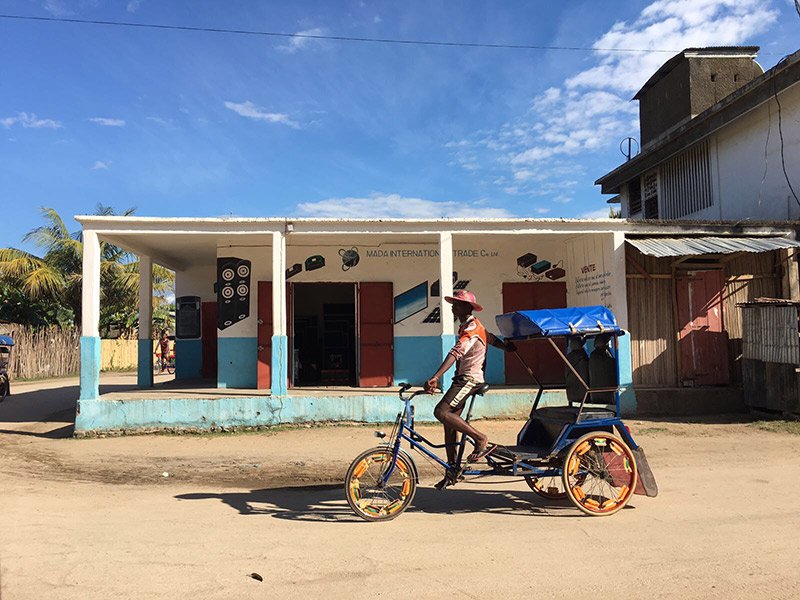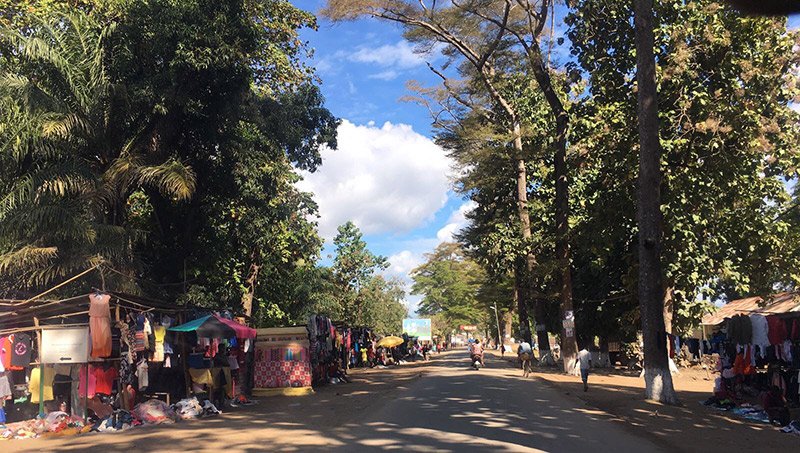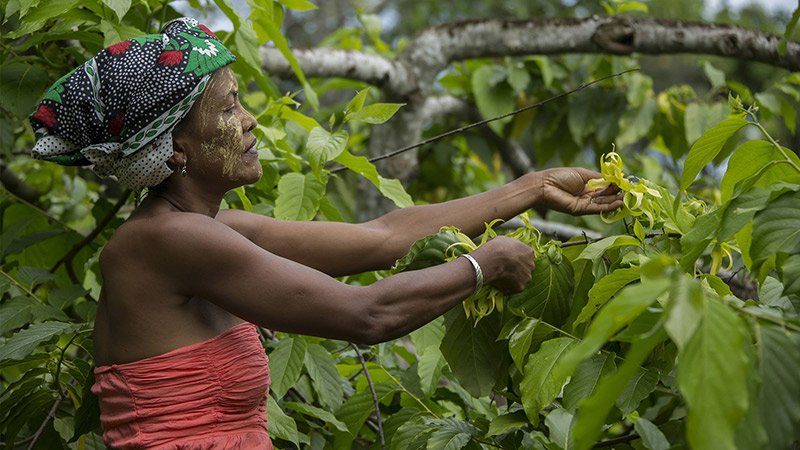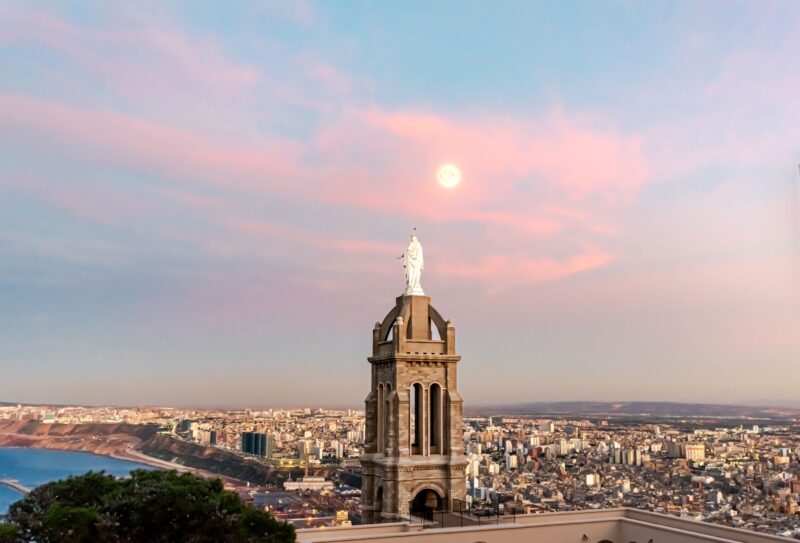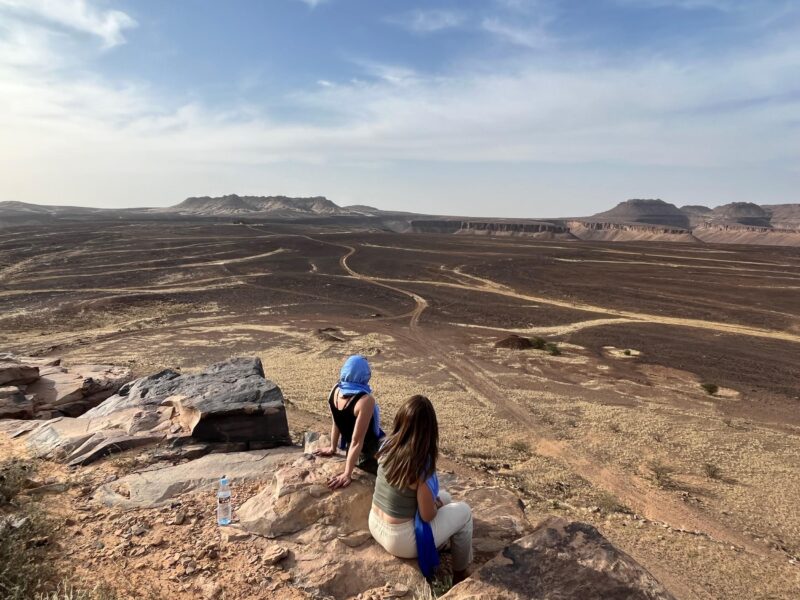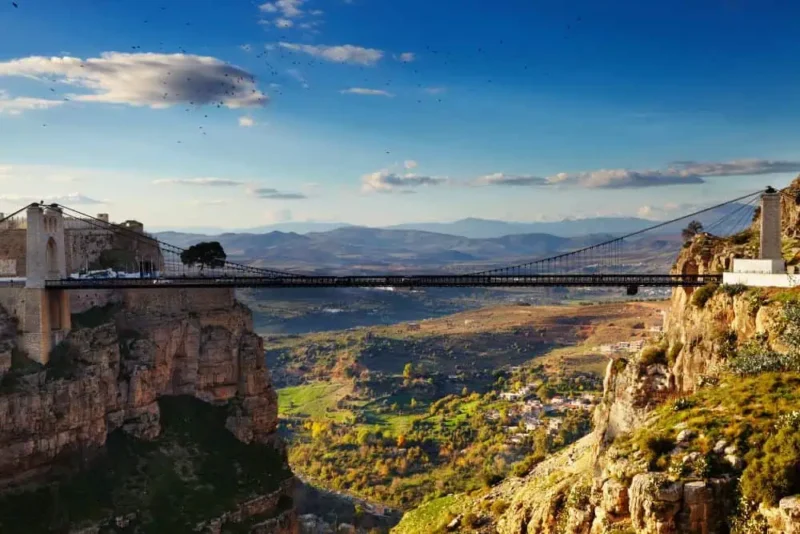| Tour Code | Start | End | Trip Status | Pricing Per person |
|---|---|---|---|---|
| MNE/111026 |
Oct 11, 2026
Sunday |
Oct 28, 2026
Wednesday |
Guaranteed |
£3,550.00
Single Room Supplement: £450.00 |
| MNE/101027 |
Oct 10, 2027
Sunday |
Oct 27, 2027
Wednesday |
Guaranteed |
£3,550.00
Single Room Supplement: £450.00 |
Northern Explorer
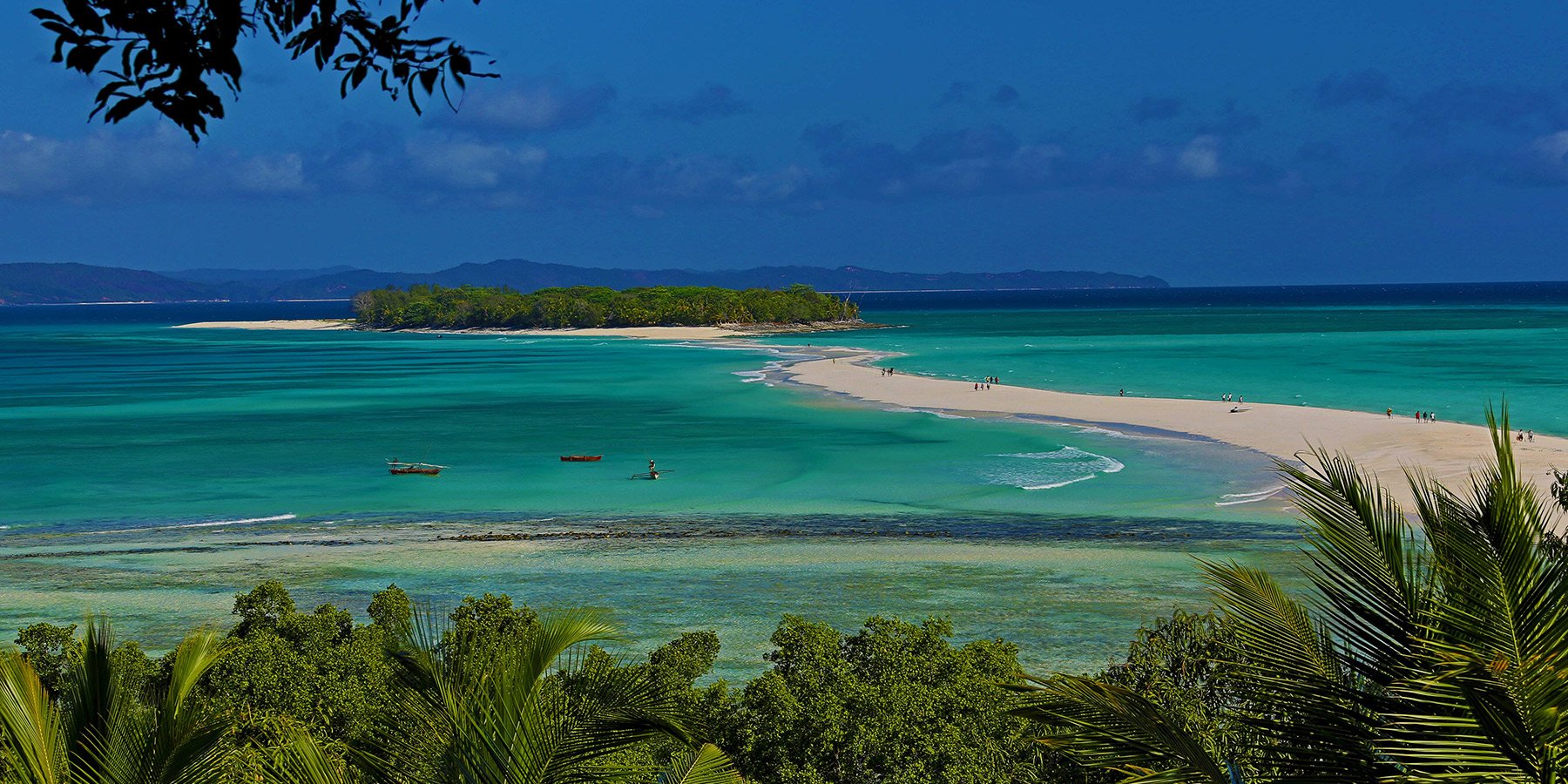
The island of Madagascar occupies a unique place, both culturally and geographically, within Africa. Separated from the mainland millions of years ago, its fauna has developed very differently from the rest of the continent’s wildlife, and it is home to countless species found nowhere else on earth. Its people are an intriguing mix of Malay and African ancestry, with complex patterns of beliefs and an unusual history. On this trip we take in the very best of the North of this enigmatic and alluring land. Our journey takes us first to Sambava, Madagascar’s vanilla capital on the North East coast before we head to what is undoubtedly one of the jewels of an off the beaten track tour of Madagascar; Marojejy National Park which is only accessible on foot. Marojejy is part of the World Heritage Site of Atsinanana, which UNESCO has placed on its endangered list and contains lowland, mid altitude and high-altitude rainforest, as well as the island’s most intact remaining mountaintop moorlands. Visitors need to have a reasonable level of fitness due to the steep slopes in some places. The floral and faunal diversity in the park is bewildering, with the star attraction on the lemur front being the critically endangered pure white Silky Sifaka. We then head inland across the country along a poorly maintained road to Daraina Reserve run by an NGO, where we will hope to encounter the critically endangered Golden Crowned Lemur before continuing to the far North to Ankarana with its fantastic landscape of razor-sharp pinnacles (Tsingy), home to wildlife such as sportive lemurs. In this area we also pay a visit to the lush forests of Amber Mountain National Park. Our journey south back to the capital see us search for the Turquoise Eyed True Lemur and finally to Ankarafantsika National Park and Lake Ravelobe with its wildlife-rich deciduous woodland mixed with teak trees. This is an adventure not to be missed.
Arrival and departure transfers
Overland transport throughout with professional driver
Domestic flights as shown in the itinerary
All accommodation
Services of English-speaking guide / tour leader
Meals as listed B – BreakfastL – Lunch D – Dinner
Entrance fees for sites listed as part of the itinerary
International flights (Contact us for expert advice and a quote)
Any airport taxes
Travel Insurance
Visa – To be obtained in advance
Drinks
Items of personal nature
Tips (Discretionary)
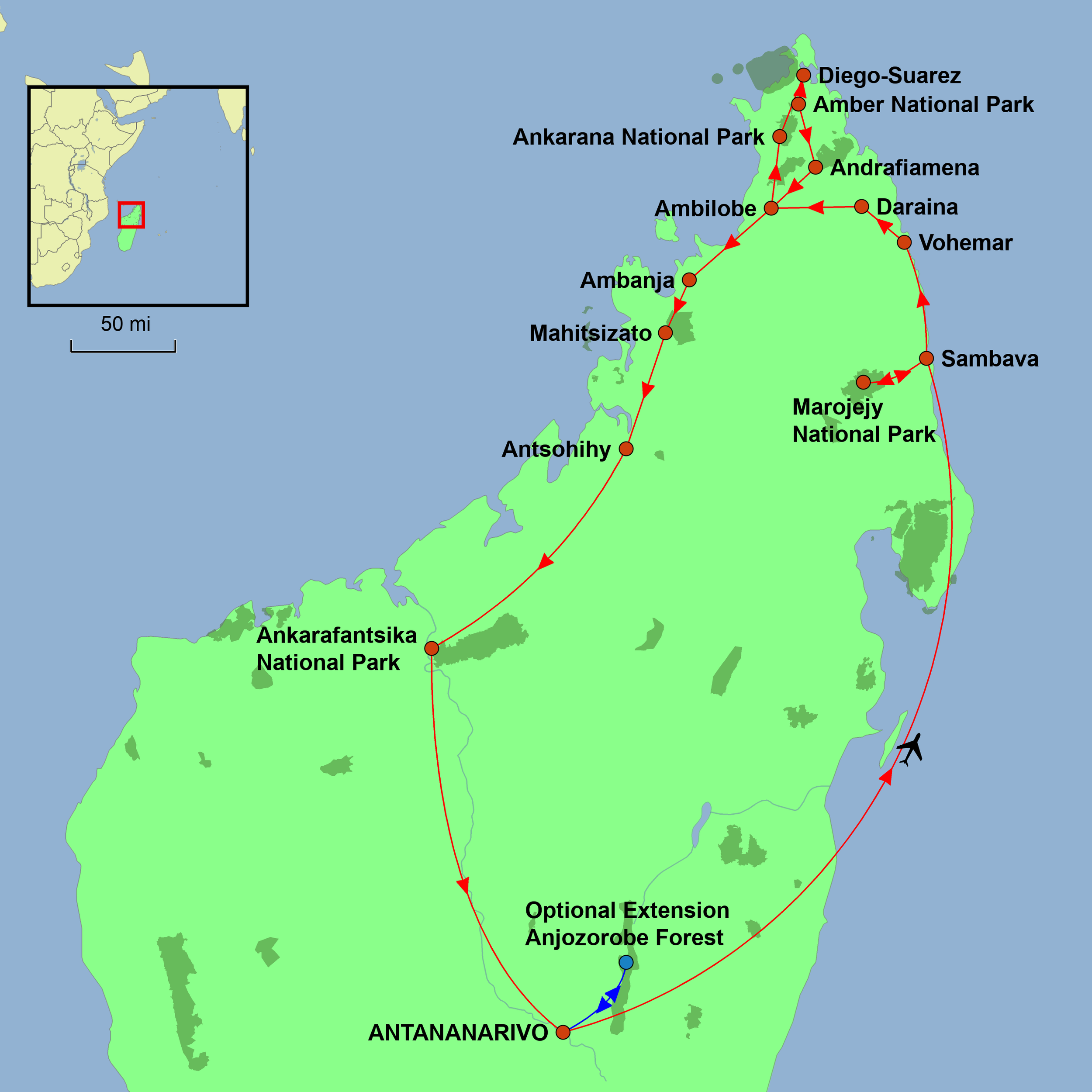
The tour starts in Antananarivo, where you’ll explore the city before flying to Sambava, known for its vanilla plantations. From there, you’ll venture to Marojejy National Park, where you’ll hike through stunning rainforest to see rare lemurs like the Silky Sifaka. The adventure continues with visits to the vanilla-producing regions of Vohemar and the Daraina Reserve, home to the endangered Tattersall’s Sifaka. You’ll explore the remarkable Tsingy formations in Ankarana, visit Diego Suarez, and enjoy the beautiful 3 Bays, before heading to Amber Mountain and Andrafiamena, seeking out endemic wildlife like the black lemur. The tour concludes with a visit to Ankarafantsika National Park and a return to Antananarivo.
Marojejy National Park
A trek through one of Madagascar's most beautiful and wild areas, home to rare species like the critically endangered Silky Sifaka lemur.
Ankarana Tsingy
Exploring the extraordinary limestone formations of Ankarana, with opportunities to see brown lemurs and other wildlife.
Vanilla Plantation Visit
A tour of a vanilla plantation in Vohemar, learning about the cultivation and processing of Madagascar’s famous vanilla.
Amber Mountain National Park
A visit to this lush tropical rainforest, known for its unique flora and fauna, including several species of lemurs.
3 Bays Tour in Diego Suarez
A scenic visit to the stunning beaches of Sakalava Bay, Pigeons Bay, and Dunes Bay, known for their white sand and clear turquoise waters.
Download the Information Pack
To download the tour full dossier, which includes a complete day-by-day itinerary breakdown and detailed tour information, fill in the details below.

Foreign Office Travel Warnings Before booking your tour, please familiarise yourself with the country specific information provided by the UK’s Foreign, Commonwealth and Development Office (FCDO) – www.gov.uk/foreign-travel-advice. This includes important information such as latest immigration requirements, and details of any travel advisories. We constantly monitor the advice posted by the FCDO. In particular we will always advise clients of any travel warnings. At present there are no warnings against travel to the parts of Madagascar that we visit on this tour. Please feel free to contact us should you have any specific concerns or would like to know in detail what measures are being taken to ensure visits remain trouble free and without incident. It should be noted that this information applies to British citizens. Other nationals are asked to check the current position of their respective government. Visa Information At the time of writing British, US and Australian nationals require a visa for a tourist visit to Madagascar if they are staying for 15 days or longer. For further details please visit the applicable website shown below. British Nationals – www.gov.uk/foreign-travel-advice US Nationals – travel.state.gov/content/travel/en/international-travel.html Australian Nationals – www.smartraveller.gov.au Other nationals should check the latest requirements with the authorities in their home country, or with the destination’s nearest embassy or consulate. Should you require any documentation to support a visa application, such as a letter of invitation, upon request this will be provided by Undiscovered Destinations after receipt of your balance payment. As it is the travellers’ responsibility to ensure that they meet all entry requirements it is essential that you check the rules and any other conditions at the time of booking and again when making your balance payment. In addition, we would strongly advise that you make a final check around two weeks before your arrival. This is important as requirements can change at short notice. Undiscovered Destinations, when possible, will provide guidance about entry rules, but in the first instance please contact the relevant authorities, including the applicable embassy or consulate for assistance. Passports It is your responsibility to ensure that you are in possession of a full passport, valid for at least six months after the date of return to your country. We strongly advise that your passport contains a minimum of two blank pages, as this may be a requirement of the local immigration authorities. In addition, certain countries will stipulate that the two blank pages are opposite each other. If you are unable to meet these requirements, you may be refused boarding by your airline or denied entry by the immigration authorities. For specific information about the requirements for your destination please check with the country’s embassy or consulate. Alternatively, UK citizens can visit www.gov.uk/foreign-travel-advice. Vaccinations & Protection As with travel to most parts of Africa, we strongly recommend that you contact your doctor’s surgery or a specialist travel clinic for up-to-date information, advice, and the necessary vaccinations. For a visit of less than one month, almost certainly you will be advised to have immunisations against the following: Diphtheria and Tetanus, Hepatitis A, Typhoid, Meningitis. The use of a DEET-containing insect repellent is highly recommended. The legal status and regulation of some medicines prescribed or purchased in your home country can be different in other countries. If you’re travelling with prescription or over-the-counter medicine, read this guidance from NaTHNaC on best practice when travelling with medicines. For further information on the legal status of a specific medicine, you’ll need to contact the embassy, high commission or consulate of the country or territory you’re travelling to. Travel Insurance It is a condition of booking with Undiscovered Destinations that you have adequate valid travel insurance. It is your responsibility to arrange appropriate travel insurance and ensure you have read and understood the full terms and conditions of your travel insurance policy to ensure that you are covered for all activities you intend to undertake whilst on the tour, including all optional activities. Your Insurance Policy must fully cover you for medical expenses (including cover for Covid-19 conditions) and emergency repatriation to your home country and be valid for the entire duration of your holiday. Local Conditions When travelling to our destinations, many of which are underdeveloped and untouristed by mainstream tourism, a good deal of patience and a sense of humour is an important attribute. This will help you to cope with problems such as ageing or poor infrastructure and when maintenance may not be as high as we would always like. The choice of appropriate accommodation in some towns and cities (particularly the smaller places) can be limited, and standards of both service and maintenance can be less than polished. Guides and other service providers in some of our destinations do not always have the decades of collective practice and experience that their counterparts in more developed countries can draw upon. Although we will always try and resolve any issues as quickly as possible, on occasions there may be some shortcomings which no matter how hard we try will be unavoidable.
